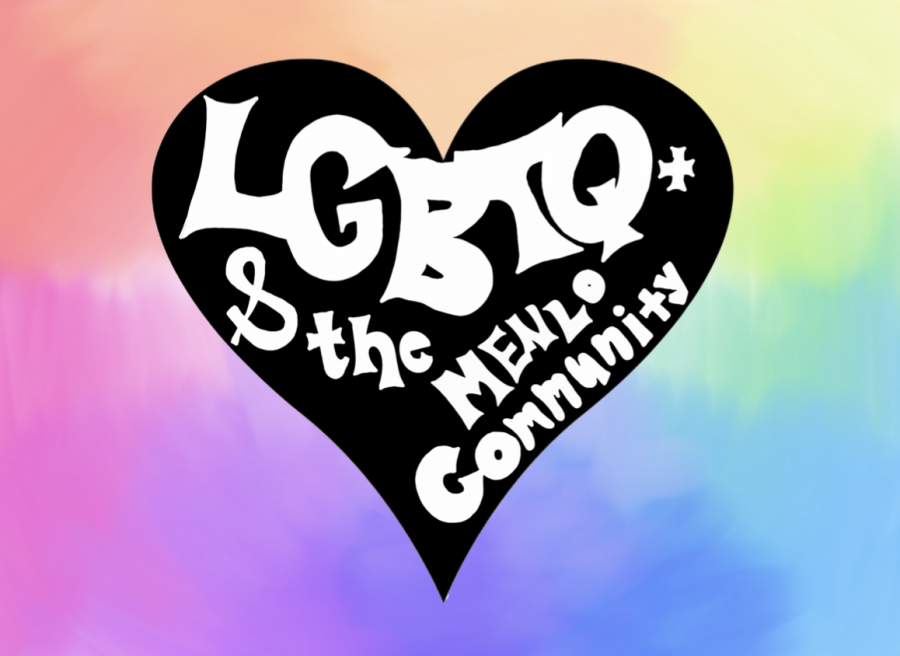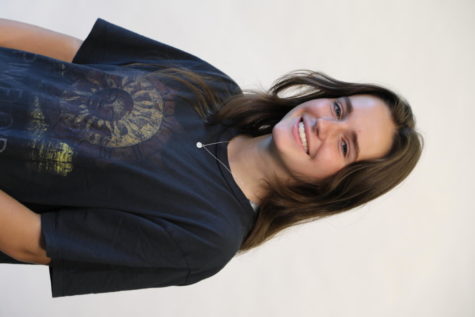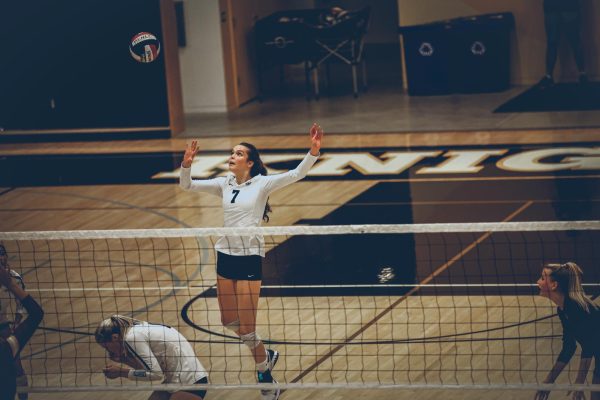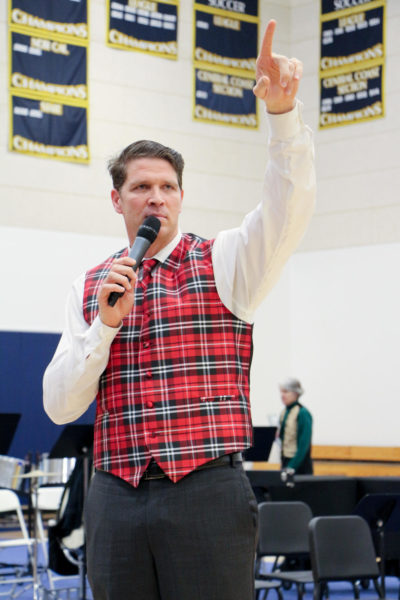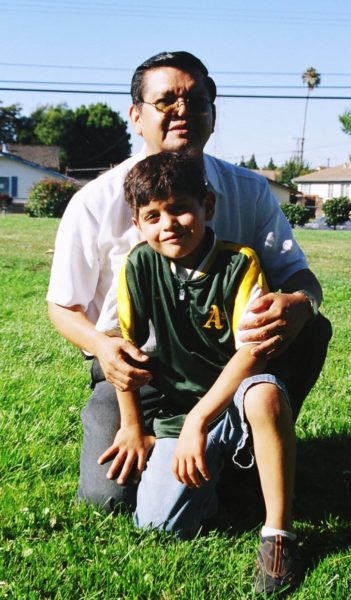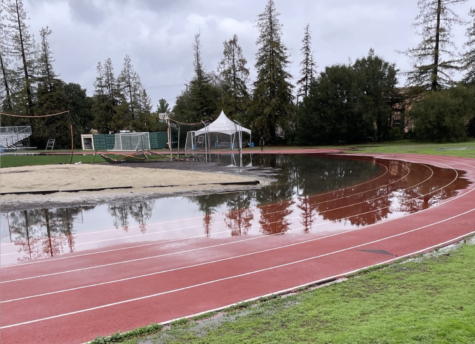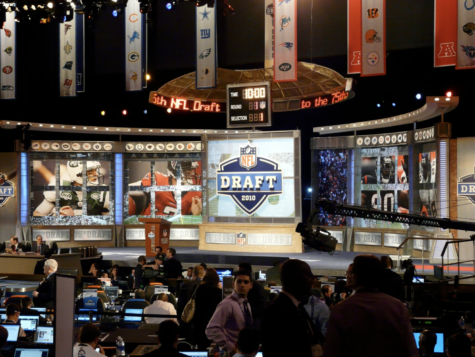The LGBTQ+ Experience at Menlo: A Freshman Girl on Identity and Coming Out
December 9, 2020
Note: This story is the seventh in an eight-part package about the Menlo community and the LGBTQ+ experience. It also appeared in the December 2020 47.2 print edition of The Coat of Arms.
———
*In this story, this member of our community would prefer to remain anonymous. We will refer to her as a freshman girl.
For many members of the LGBTQ+ community, identity is something that takes time to fully understand and accept. While it can take months, years or even longer to come to terms with one’s sexuality, the act of coming out to friends and family is a moment of bravery for an individual.
For a freshman girl in particular, the coming out experience was incredibly releasing. Partly because she didn’t feel much pressure to self identify, the act of coming out was purely for herself. “It was really nice, [and] it got a lot off of my shoulders,” she said. Currently, she is out to a few close friends but not the general public or her family. She explained that the people she confided in were more than accepting about her identity because of their friendship. “Everybody was so supportive,” she said.
She contended that in Menlo’s cultural environment, large acts of homophobia do not regularly occur, but there is a general discomfort around the topic. “There’s definitely a stigma around it. You can sort of feel the [discomfort] around the topic,” she said. Because of this discomfort, the act of coming out is more difficult. “Being a part of such a small population of the school who are out is uncomfortable because you don’t know how people will react,” she said. Menlo’s small size makes it a sort of haven for gossip. According to her, this only fuels the discomfort around the LGBTQ+ community and further ostracizes them.
She also said that because of the stigma around her community, microaggressions are much easier to occur accidentally. “People need to be more educated on [my community]. People need to understand it better so they won’t be homophobic unintentionally,” she said. For her, homophobia results mostly in small comments that have a much larger impact than people realize.
An example of this is when a friend assumed that being bisexual and pansexual were essentially the same sexuality. “It can really invalidate people’s identity,” she said. She has also felt immense internalized homophobia after realizing her identity. “Right after I finally came to realize I might be bisexual, I had a couple of months of self loathing. That was really, really hard on me,” she said. “It made me question everything I had previously thought about myself.” Her changing sexuality caused her to question other facets of her identity as well. In addition, she considered herself abnormal. “I thought I was weird,” she said.
Her sexuality has somewhat changed over the past few months. While she started out a few months ago thinking she was bisexual, she now realizes that she could be lesbian. She stresses that nothing is concrete; her identity is constantly evolving and changing. “Sexuality is fluid,” she said. She feels that while coming out is an important step for LGBTQ+ people, sexuality is constantly changing over time and growing with a person.
She feels that now that she is out to her friends, she can be supportive of other LGBTQ+ members who are currently struggling with their identity. “When you are a part of the community, more people start to come out to you because they know you’ll be accepting,” she said.


